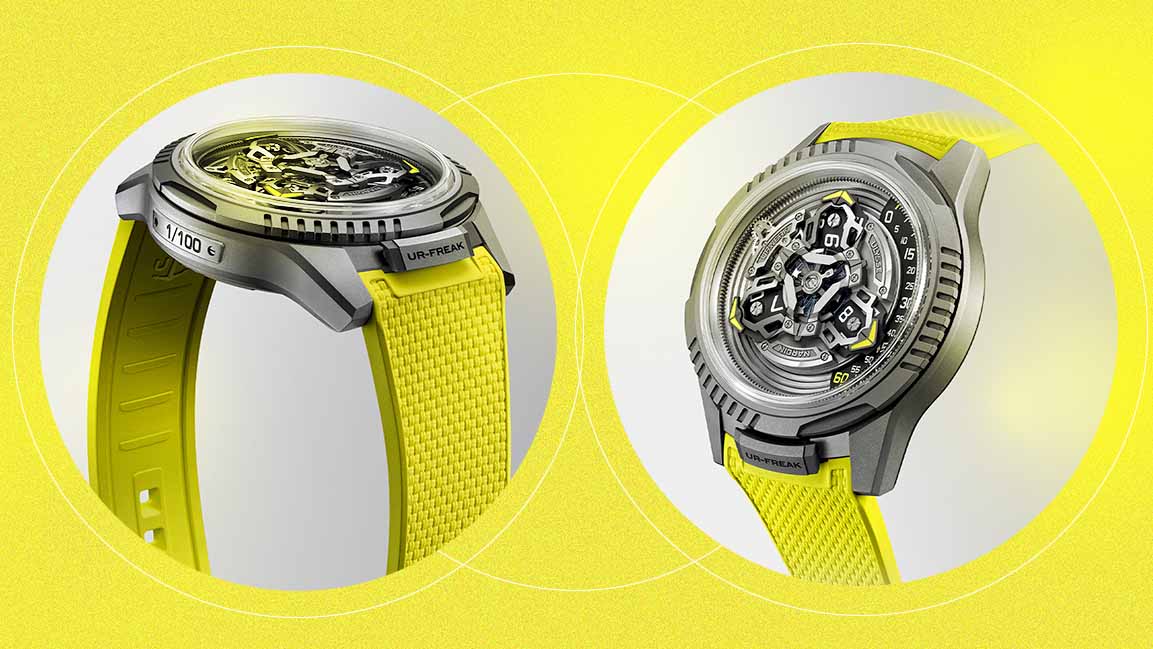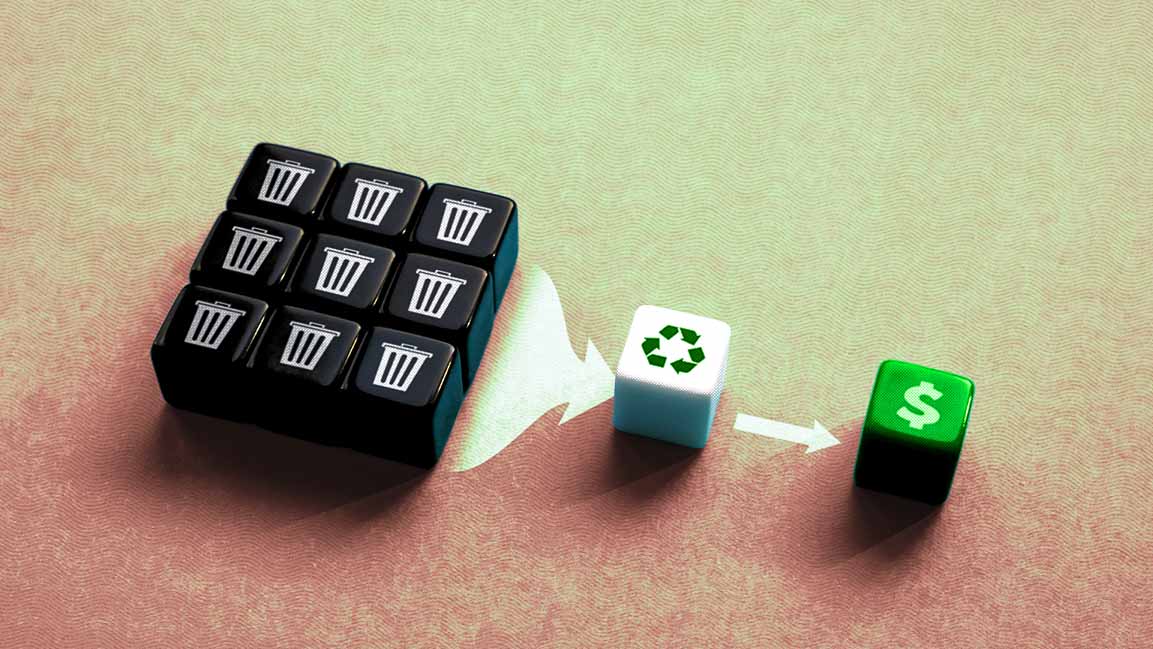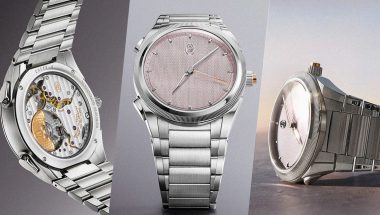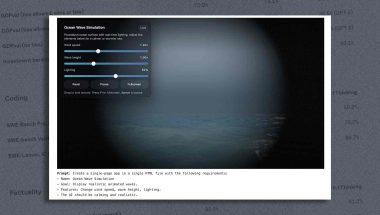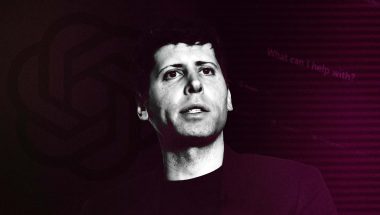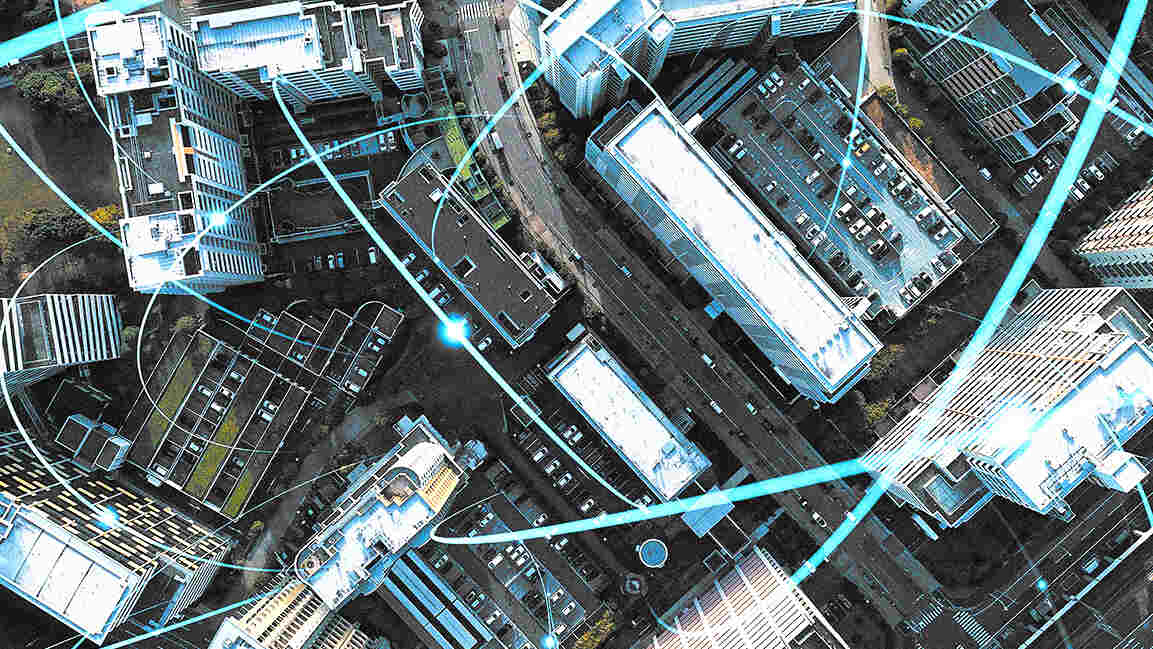- | 9:00 am
This new tech can pull CO2 from the air—and turn it into baking soda
By adding copper to the filter, researchers were able to capture carbon far more efficiently.
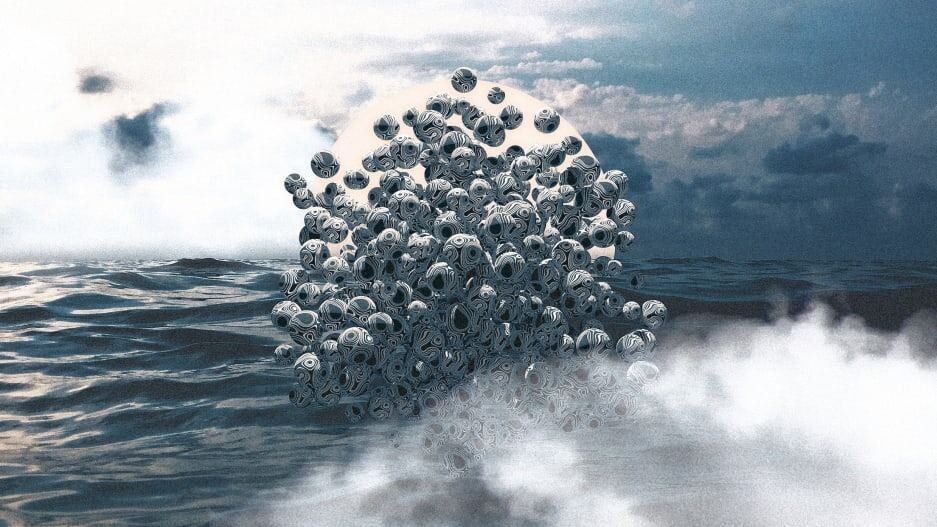
Startups like Climeworks have proven that it’s possible to suck excess CO2 from the air and store it underground to fight climate change. But the technology is still too expensive to be viable on a large scale. New research shows a promising way to make it cheaper—and convert it into baking soda, which could potentially help fight ocean acidification.
Capturing CO2 from the air is challenging because it’s so dilute: In every million particles of air, only around 400 are carbon dioxide. (Yet even such a tiny amount has an outsize effect on the climate.) So-called direct air capture machines pull air through filters that chemically react with the CO2 and trap it. But the materials used now can’t capture much at once, and the whole process uses large amounts of energy. It’s easier to capture more at a concentrated source of pollution like a coal power plant, but pulling the CO2 from the air has the advantage of being able to happen anywhere, and can also capture old emissions as the world moves away from fossil fuels.
In a new study, researchers at Lehigh University redesigned the material used in the filter by adding copper, which makes it as much as three times more efficient than the current version. It can even capture more carbon than a filter sitting directly on a smokestack. “Our work showed that even at ultra-dilute concentration, the capturing capacity of CO2 can be . . . much higher than what other adsorbents are doing with point sources,” says lead author Arup SenGupta.
Adding capacity to the material makes the whole process less expensive; SenGupta thinks it would be possible to easily drop down to $100 per ton of CO2 captured, the cost that the industry is aiming for. That means that direct air capture could scale up faster. At the moment, the nascent direct air capture industry is removing only thousands of metric tons of CO2 a year. Some new plants currently under construction will each be able to remove 1 million tons of CO2 a year. But scientists estimate that by the middle of the century, an average of 6 billion tons of CO2 will need to be removed annually to meet climate goals.
The CO2 captured with the updated tech could be injected underground in the same way that carbon is stored at a direct air capture plant in Iceland now. But the change in chemistry also means that it could possibly be added to the sea. After the filter fills up with carbon dioxide, running seawater through the material creates another chemical reaction, producing sodium bicarbonate, or baking soda. The baking soda could, in theory, be dumped into the ocean. (Whether or not this can be done safely—or legally—is still unproven, but if it can, the alkalinity of the baking soda could help counteract ocean acidity, another impact of climate change.)
The work could happen near coastlines, or even in the ocean itself. “You could take over offshore drilling places and add a simple CO2 capture system,” says SenGupta. Because there’s a limit to places where geological storage underground is possible, being able to use the ocean for storage would help the technology grow. It also could potentially run on renewable energy, making the process carbon negative. The tech is still far from coming to market, but SenGupta plans to spin off a new startup to commercialize it.














